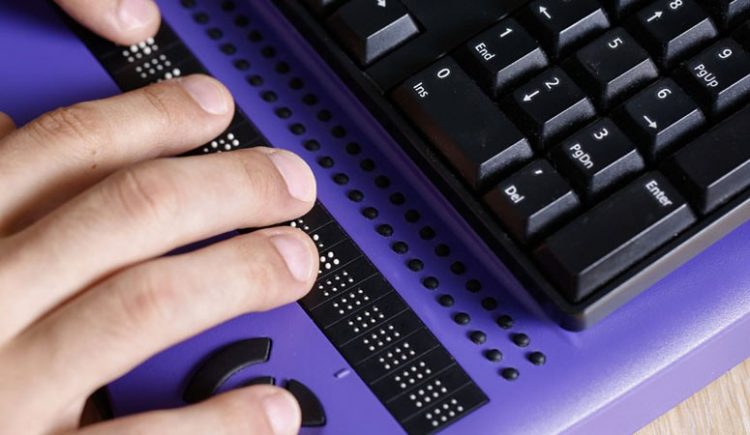
Assistive Technology Industry Association, the premier association for assistive technology solutions providers, defines an assistive technology device as follows:
“Assistive technology (AT) is any item, piece of equipment, software program, or product system that is used to increase, maintain, or improve the functional capabilities of persons with disabilities.”
Assistive technology, as it applies to the web, is any device that augments a user’s ability to use and interact with the web. Some common examples of assistive technology devices include:
Braille Displays
Braille displays convert screen information to braille using electronically actuated pins. Braille displays can show up to 80 characters, and refresh as users navigate the web.
Screen Readers
Screen readers convert digital text and other data into synthesized speech. Screen reader users commonly use a keyboard only to navigate pages on the web. Some common screen readers used by people with low vision include: JAWS, NVDA, and Voiceover.
Screen Magnifier
A screen magnifier alters the graphical output of a computer to zoom parts of the screen. Screen magnifiers are useful for people with low vision, color blindness, and other visual impairments.
